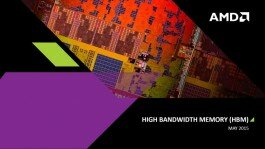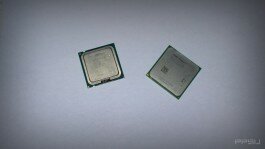The new AMD chips code-named “carrizo” have been rumoured to be coming out soon, which is true, but not as desktop CPU’s as some may have been expecting.
Rather, AMD has made “carrizo” into essentially a last refresh of the “Bull-dozer” architecture that has been out for a few years now, improving performance and efficiency. The CPU’s are showing off two major new improvements: the use of High Density Libraries (HDL), and the increase of L1 cache on the CPUs from 16kb to 32kb per core. High Density Libraries means that while “Carrizo” processors will have only 9 layers, instead of Bulldozer’s 15 layers of CPU metal, the 9 layers will be much more dense.
This will lead to better performance and efficiency in the CPU. The increase of CPU cache, from 16kb to 32kb, will mean significant performance gains for all kinds of applications. Together, these improvements add up to around 4-5% IPC improvement, which is a significant increase for not having changed the manufacturing process!
Another interesting thing to note is that “Carrizo” is only going to be for mobile CPU’s, and that battery life and CPU performance of laptops featuring the new “Carrizo” CPU’s are rumoured to be a huge step forward. Perhaps laptops featuring the new AMD processors will finally be able to compete with Intel’s mobile CPU offerings, like Broadwell. It remains to be seen whether very many laptop vendors will use the new CPUs, but if all goes the way AMD wants it to, perhaps there will be variants of laptops like the Razer Blade, MSI GT80 Titan, and other truly gaming-grade notebooks with the new processors.
Lastly, in the new “Carrizo” processors, the GPU will be getting a significant upgrade, from the current “Tahiti” GPU to the much newer “Tonga” GPU. The graphics will most likely not be anywhere near desktop-grade graphics, but they will still be a big upgrade from current APU solutions. Rumours have the amounts of GPU cores in “Carrizo” ranging from low-end 64 cores, all the way up to an impressive 512 GPU cores. The performance of these is still unclear, but hopefully they will perform strongly compared to previous APU solutions.






